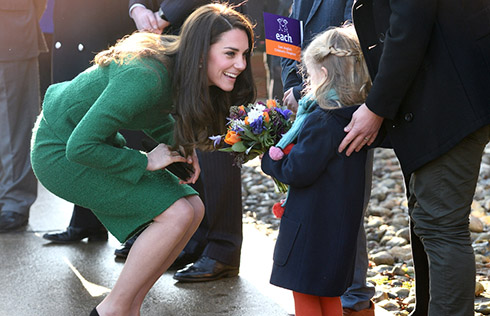First human-pig chimera embryos created for organ transplant
HUMAN-COW CHIMERA
Japanese researchers were the first in the world to create a rat and mouse chimera in 2010. That chimera was a mouse with pancreatic tissue formed from rat cells.
And on Wednesday, scientists reported having grown mouse pancreases in rats and used them to cure diabetes in mice.
As a first step, Wu and colleagues also created a rat and mouse chimera by introducing rat cells into mouse embryos and letting them mature to generate rat pancreas, heart, eye and other organs in mice.
Rat cells in this study also grew to form a gall bladder in the mouse, even though rats stopped developing this organ themselves over the 18 million years since rats and mice separated evolutionarily.
"This suggests that the reason a rat does not generate a gall bladder is not because it cannot, but because the potential has been hidden by a rat-specific developmental program," said Wu.
The researchers also tried this injection in cows but only cultured cow embryos for two days to evaluate human cell contribution and didn't perform embryo transfer.
"It's more expensive, and we can only transfer a few embryos. In contrast, in pig we can transfer 30 to 50 embryos at a time," said Wu.
NEXT CHALLENGE
In the end, human and animal chimeras might offer insights into early human development and disease onset, provide a realistic drug-testing platform, and ultimately for the generation of transplantable human organs to solve the worldwide shortage of organ donors, the researchers said.
Lead investigator Juan Carlos Izpisua Belmonte, professor of the Salk Institute, called their study "an important first step" and noted that it's still "far away from" the ultimate goal of growing grow functional and transplantable tissue or organs for regenerative medicine.
"At this point, we wanted to know whether human cells can contribute at all to address the 'yes or no' question," Izpisua Belmonte said in a statement. "Now that we know the answer is yes, our next challenge is to improve efficiency and guide the human cells into forming a particular organ in pigs."
Professor Bruce Whitelaw, interim director of the Roslin Institute at the University of Edinburgh, noted that it's difficult to create the human-pig chimera embryos.
"This is the first scientific publication to achieve this result," said Whitelaw, who was not involved in the study, "(It) paves the way for significant advances in our understanding of cell lineage development in the embryo and hints towards future novel biotech applications."
























